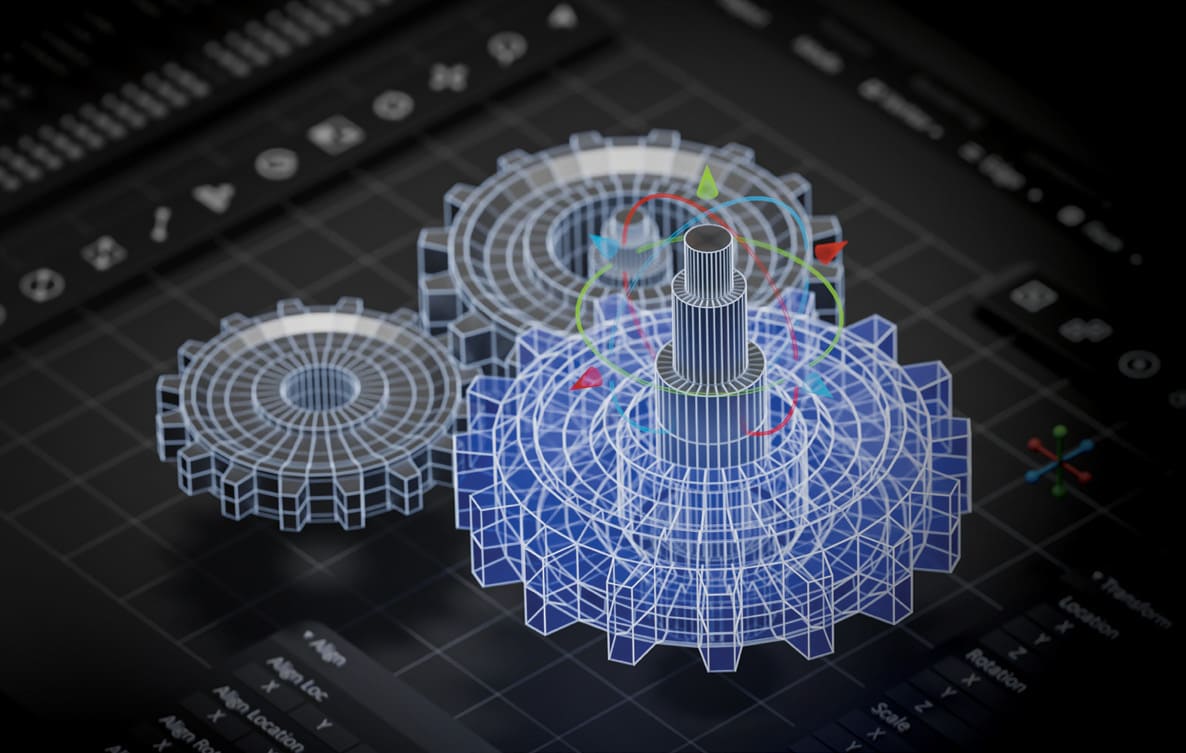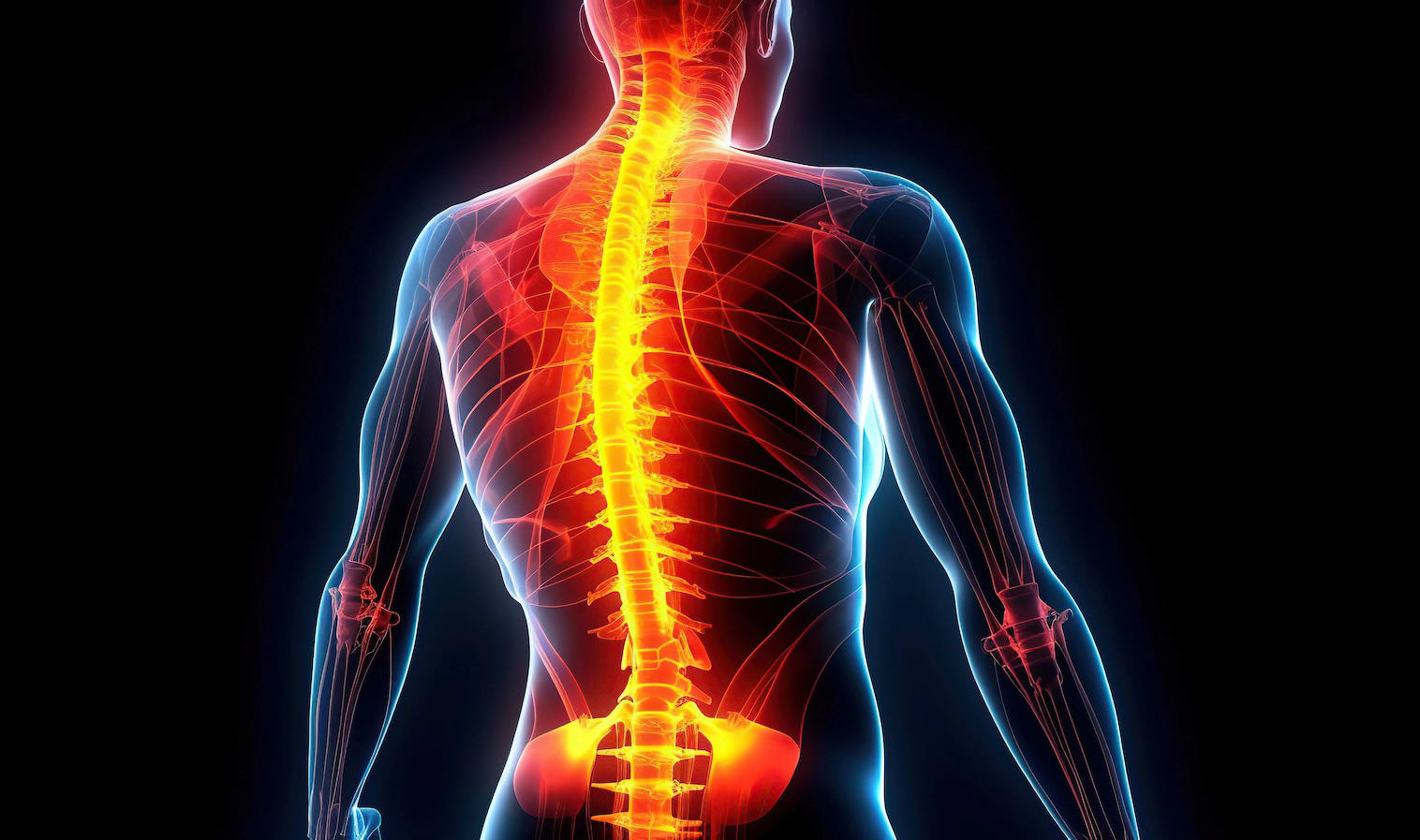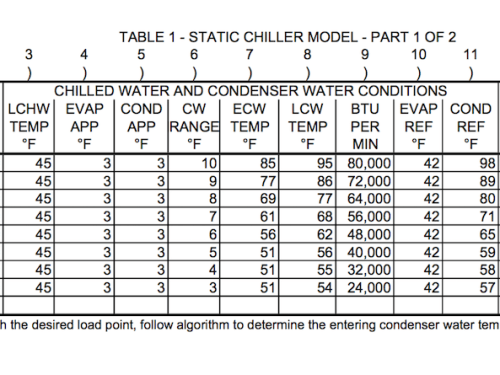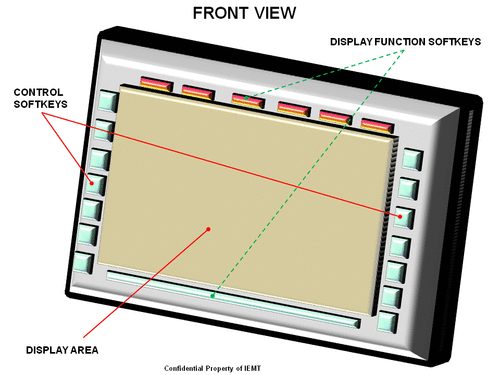The 2025 Contest is Now Open for Entries!
Submit your best new product ideas in any of seven categories for a chance at $25,000 USD and other great prizes. Here’s how to get started.
Help build a better tomorrow
Since Tech Briefs magazine launched the Create the Future Design contest in 2002 to recognize and reward engineering innovation, over 15,000 design ideas have been submitted by engineers, students, and entrepreneurs in more than 100 countries. Join the innovators who dared to dream big by entering your ideas today.
Read About All the 2024 Winning Inventions

Special Report spotlights the eight amazing winners in 2024 as well as honorable mentions in each category, plus the top ten most popular entries as voted by our community.
Click here to read moreA ‘Create the Future’ Winner Featured on ‘Here’s an Idea’
Spinal cord injury affects 17,000 Americans and 700,000 people worldwide each year. A research team at NeuroPair, Inc. won the Grand Prize in the 2023 Create the Future Design Contest for a revolutionary approach to spinal cord repair. In this Here’s an Idea podcast episode, Dr. Johannes Dapprich, NeuroPair’s CEO and founder, discusses their groundbreaking approach that addresses a critical need in the medical field, offering a fast and minimally invasive solution to a long-standing problem.
Listen nowThank you from our Sponsors
“At COMSOL, we are very excited to recognize innovators and their important work this year. We are grateful for the opportunity to support the Create the Future Design Contest, which is an excellent platform for designers to showcase their ideas and products in front of a worldwide audience. Best of luck to all participants!”
— Bernt Nilsson, Senior Vice President of Marketing, COMSOL, Inc.
“From our beginnings, Mouser has supported engineers, innovators and students. We are proud of our longstanding support for the Create the Future Design Contest and the many innovations it has inspired.”
— Kevin Hess, Senior Vice President of Marketing, Mouser Electronics
contest/2016
2016
When we enter and go to registration desk, we are given a Bobby. Each Bobby team has a color as a sign of the team. When we get close to our teammates, it starts to blink slowly like it's breathing. So you understand by this reaction that there is a connections between your Bobby and other teammates' Bobbies.
The H.O.G (Hydrogen Oxygen generator) is made by a computerized milling machine, and human labor as it is manually hand fitted together. It is composed of 316L stainless steel, acrylic, and electronic controller which converts water into hydrogen in able to prevent smog that cars are emitting.
The Clarke-Brayton Engine has the potential for 55% brake thermal efficiency compared to 42% for state-of-the-art conventional diesels, is dramatically more compact than conventional engines of the same power, can burn diesel or natural gas as compression-ignition fuels and is less expensive to manufacture. Two prototypes have been manufactured and tested,
Large tonnage water cooled chillers are highly efficient, complicated machines and consume a lot of power. Each chiller is a compromise selection of heat exchangers, compressors with motors, and refrigerants to match the specific requirements of the customer. The complexity and customized aspect of these chillers makes nearly each one unique.
IEMT's imaging device incorporates advances, previously untapped for such applications, as well as thoughtful and clever design. The result is a single,
Magnetic-Levitation (MagLev) rail provides a virtually frictionless way to transport people and goods at high speeds of 300 mph (480 km/h) or more. MagLev trains can be fast, but they are still trains – they must stop and start often, and stations might be far from passengers’ homes or businesses. As such,
I have a feasibility study done on my personal dirigible, that shows that it is possible to build and fly a craft of my design. My plan is to have a sealed/pressurized crew compartment made out of carbon fiber that would have four hydrogen filled balloons for vertical take off & landing capabilities.
Passive method for flying objects detection
This idea for detection flying objects in atmosphere are going from probabilistic and statistical analysis of received cosmic radiation, usually perceived as “cosmic noise.”
Using a spreaded cosmic radiation directional receiver network and a central computer system for data analysis, in conjunction with previously received data,
We transform post consumer plastic waste to manufacture plastic lumber; this plastic lumber is a durable and affordable alternative to timber, which reduces the need for building material manufactured from wood. This helps to preserve forests by lowering deforestation rates and decreasing the effects of climate change.
Page 73 of 85
















